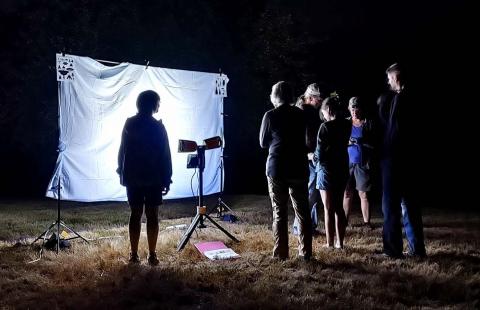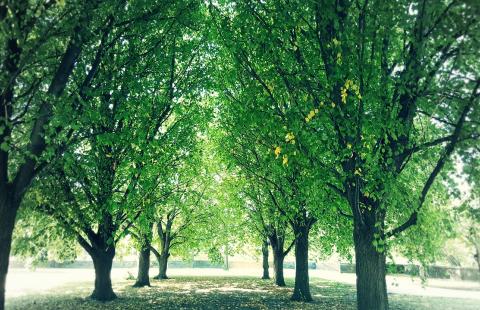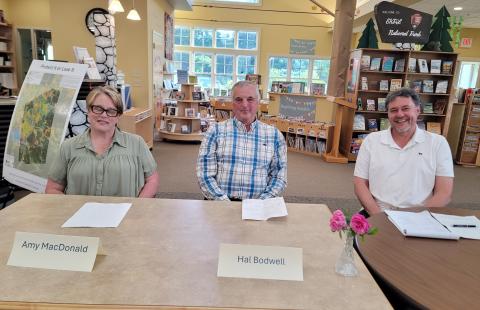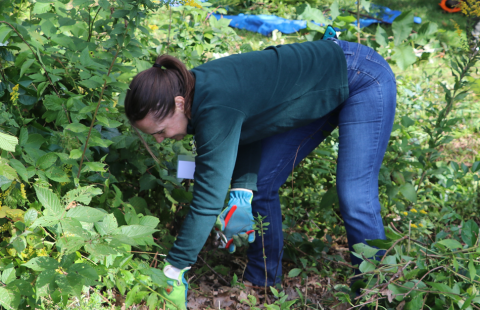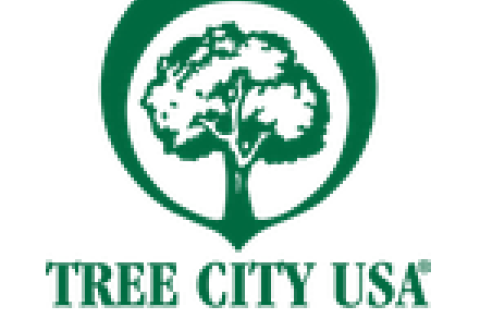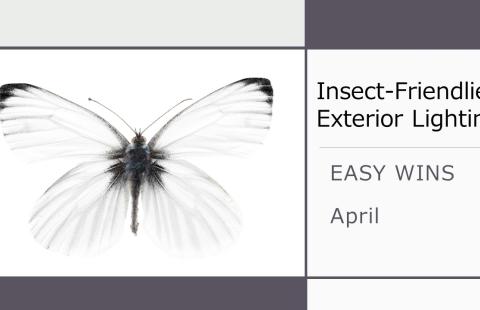Natural Resources Stewards
An Intro to Mothing
It’s not too late to go out and see some moths. Moths are generally most active in spring and summer. But like butterflies, some moth species will fly...
Learn More
The effects of shade on the air around us is formidable. Shade can lower the ambient temperature of the air by as much as 15 to 20 degrees. It has a s...
Learn More
Two conservation easement owners and Duane Hyde, Land Conservation Director at SELT, answered questions and addressed concerns about conservation ease...
Learn More
How Can I Succeed with Orders from the NH State Forest Nursery?
Various websites, along with the State Forest Nursery, provide high quality information about specific species of trees and shrubs and their value for...
Learn More
To clean up or not to clean up? That is the question. So many opinions, so many options. So many things to put on the TO DO List… or not. What’s a ...
Learn More
Know your goals. How will you use your space? Maybe you want an open lawn area for children to play, a wildflower garden, to grow food, or to encourag...
Learn More
Japanese Knotweed is filling the roadsides leading up to your house. Garlic mustard has begun along the paths you walk in the forest. Multiflora rose ...
Learn More
Is your community a Tree City? What does that mean and how can you get it to become one? About 35% of New Hampshire residents live in a Tree City USA ...
Learn More
Old growth-Hdw.—That hand-written inscription on the corner of a 1934 land survey of Mt. Sunapee caught Chris Kane’s attention. It was the mid-1990s, ...
Learn More
Insects are crucial pollinators, decomposers, and are central to the food web. Instead of looking for ways to kill them, we can prioritize their well-...
Learn More
